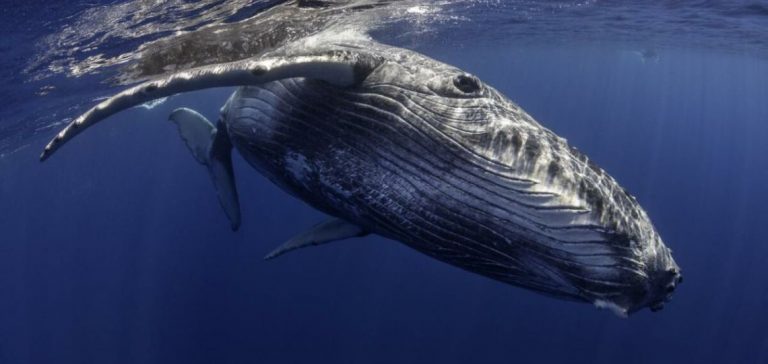The development of offshore wind energy is rapidly increasing in the United States, supported by government initiatives aimed at increasing the production of renewable energies. However, this expansion is encountering growing opposition from anti-wind energy groups who emphasize whale protection as the main argument against these projects. This opposition is particularly strong on the East Coast, where several offshore wind projects are being planned or constructed.
Opponents claim that offshore wind platforms disrupt the natural habitats of marine mammals, especially endangered species like the North Atlantic right whale. “During a rescue mission, I’m almost immediately asked if it’s because of the wind turbines,” explains Lauren Brandkamp, team leader of Whale and Dolphin Conservation in Massachusetts. She emphasizes that despite public concerns, no scientific study has demonstrated a direct link between wind turbines and whale mortality.
The Anti-Wind Energy Campaigns Strengthen on Social Media
Anti-wind energy groups are heavily using social media to spread their message. They share photos of stranded whales on beaches, associating these incidents with offshore wind projects. “Preserve the East Coast” and “Save the Whales” are common slogans used to mobilize public opinion against wind energy initiatives. These actions have led to several lawsuits aimed at stopping or delaying coastal projects in various states.
Absence of Scientific Evidence Linking Wind Energy and Whale Mortality
Despite opponents’ claims, scientific studies have not found a significant correlation between offshore wind turbines and whale mortality. Research indicates that the main causes of strandings include ship collisions and infectious diseases. Douglas Nowacek, a scientist involved in a government research project, states: “We have no scientific evidence indicating that offshore wind turbines are responsible for animal deaths.”
Current Environmental Challenges Influence Marine Migrations
Jenna Reynolds, director of Save Coastal Wildlife in New Jersey, observes that climate change and increased naval traffic are altering marine ecosystems. “We are now observing manatees migrating up here from Florida,” she states, highlighting the impacts of global warming on marine life. These changes in natural habitats make interactions between marine mammals and human infrastructures more complex and potentially dangerous.
The Federal Government and the Energy Transition
Alongside growing opposition, Joe Biden’s administration is continuing its efforts to accelerate the energy transition. Since 2021, ten new commercial offshore wind projects have been approved to increase the share of renewable energies in the national energy mix. Currently, three offshore wind platforms are operational in the United States, with three more under construction. These initiatives are part of a broader strategy to reduce carbon emissions and dependence on fossil fuels.
Divergent Opinions within Animal Protection Organizations
Within animal protection associations, opinions are divided regarding offshore wind projects. Jenna Reynolds of Save Coastal Wildlife states she is “neither for nor against” these initiatives, acknowledging the potential impacts while preferring a wind platform to an oil well in the oceans. She emphasizes the lack of evidence supporting the claims of conspiracy groups and notes that such criticisms are rare in Europe, where offshore wind is already well-established.
The Impact of Maritime Activities’ Noise on Marine Fauna
Opponents of wind energy argue that the noise generated by offshore platforms disrupts the sonar of whales, disorienting them and contributing to their mortality. However, studies conducted by scientific teams dedicated to offshore wind have detected no suspect deaths related to wind energy activities. In comparison, offshore oil and gas exploration techniques are up to 10,000 times louder, raising questions about the true sources of marine mammal disturbances.
Future Challenges for Coexistence between Wind Energy and Marine Life
As wind energy continues to develop, the question of its impact on marine life remains at the center of debates. Climate change, ecosystem modifications, and increased maritime traffic complicate the coexistence between energy infrastructures and marine fauna. It is crucial to continue scientific research to better understand these interactions and find balanced solutions that promote both energy transition and the preservation of marine species.






















